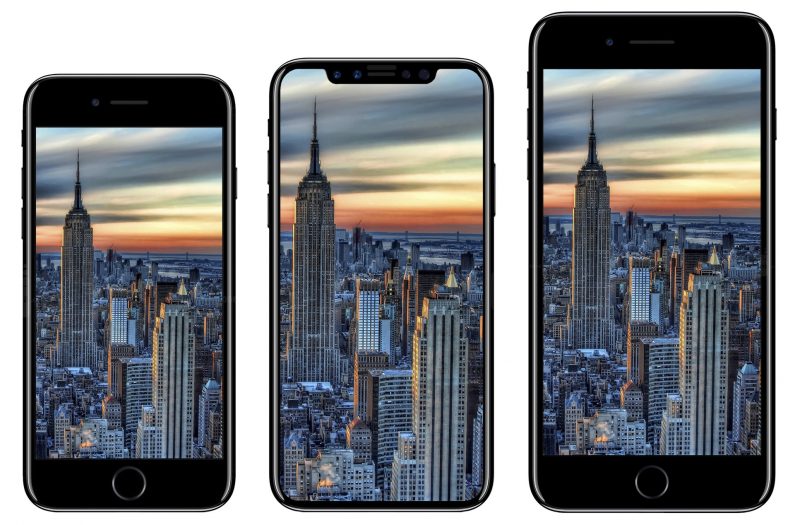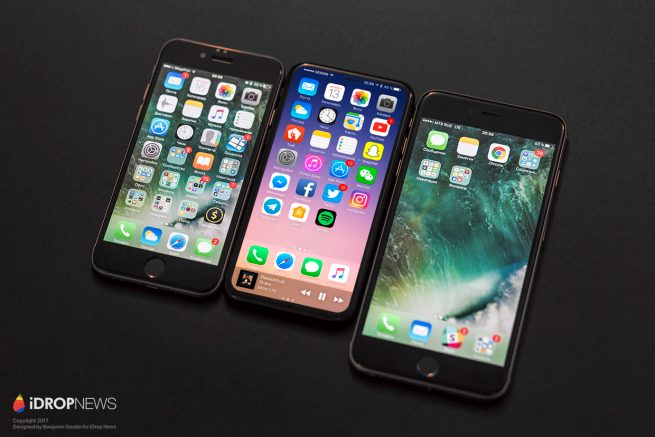Apple may abandon Touch ID, its fingerprint recognition software, for a new facial recognition one. These claims have been made by KGI analyst Ming-Chi Kuo.
While there had been rumors of Apple struggling to find a place for the fingerprint sensor in the new iPhone. There had been speculations that the sensor might be placed under the front screen or on the rear of the device.
However, now it seems the Apple might abandon it completely.

Kuo, the analyst who made the claim, predicts iPhone 8 to feature the highest screen to body ratio of any iPhone or any phone on the market to date. This is due to the addition of the notch at the top of the screen and a virtual home button that is expected to remove the physical one.
“We predict the OLED model won’t support fingerprint recognition, reasons being: the full-screen design doesn’t work with existing capacitive fingerprint recognition, and the scan-through ability of the under-display fingerprint solution still has technical challenges.”
The analyst also claims that these last minute changes are not to cause any delays in the launch of the device. The phone is still expected to be announced in September.
‘As the new OLED iPhone won’t support under-display fingerprint recognition; we now do not expect production ramp-up will be delayed again (we previously projected the ramp-up would be postponed to late October or later).’
Kuo also says that he expects the device to have a 3D sensor for the facial recognition software. This will greatly improve selfies taken through the phone also making Apple’s augmented reality software more accurate.
He predicts that Apple will unveil not two but three phones this year. One is the iPhone 8 with the OLED screen and the other two without it.
‘For optimized promotional effect, we think Apple may unveil the three models simultaneously in September, though the launch date of the OLED version may trail that of LCD models, and supply tightness may not improve before 1H18.’
The iPhone 8’s body is expected to be built of stainless steel and glass whereas the other iPhone 7s devices will have and aluminum frame and glass backs. The two non OLED models, namely the iPhone 7 and the iPhone 7s, are to supports a screen size of 4.7 inch and a 5.5 inch display.












